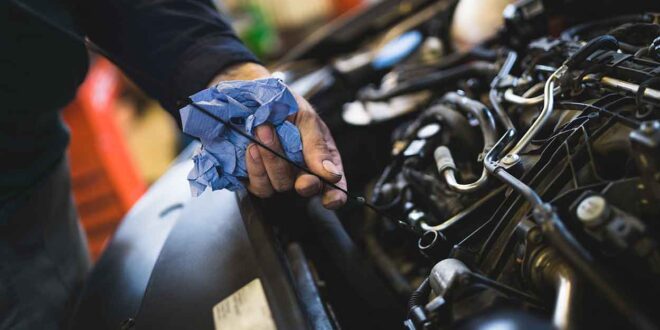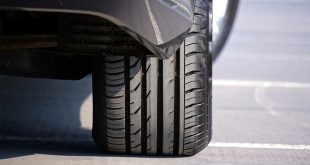For many of us, owning a car is a daily demand, but they can also cause a variety of issues. Car problems can be frustrating and expensive, ranging from strange noises to warning lights. But not every car issue calls for a visit to the mechanic. In reality, some can be repaired by you with a little knowledge and work. We’ll examine 10 typical car issues and show you simple steps on how to resolve them. Everything from replacing a flat tyre to identifying an overheating engine will be discussed. Therefore, if you own a car and want to cut costs and save time on repairs, this article is for you. Prepare to become a vehicle expert on your own!
- Flat Tyre: If you get a flat tyre, you can change it yourself using a spare tyre, a jack, and a lug wrench. First, make sure the car is on a flat surface, then remove the lug nuts, lift the car with the jack, remove the flat tyre, put the spare tyre on, tighten the lug nuts, and lower the car. Alternatively there are products that make this product easy, you can find some in the store HERE
- Dead Battery: If the battery in your car dies, you can jump-start it using the battery from another vehicle or a portable jump starter. The positive cables should be connected to the positive terminals on both batteries, followed by the negative cable being connected to the negative terminal on the working battery and the negative cable being connected to an unpainted metal surface on the engine of the dead vehicle.
- Overheating Engine: Pull over and let the vehicle cool down if your engine is overheating before examining the coolant level. Add more coolant if it’s insufficient. (make sure the engine is cool before doing so). You can use a radiator repair kit to patch up a leaky radiator ( you can find some powerful adhesive kits HERE) or you can replace the radiator completely.
- Faulty Starter: Turning the key and hearing a clicking sound could indicate a bad starter. By lightly tapping on it with a hammer while someone else turns the key, you can check it. The starter needs to be changed if it starts.
- Clogged Air Filter: Your car’s performance and fuel efficiency may suffer if the air filter is unclean. Locate the air filter housing (which is typically on top of the engine) and remove it to replace it. Replace the old filter with a fresh one.
- Brake Problems: Unusual noises coming from your brakes could indicate worn brake pads. Using a brake pad replacement kit, you may replace them on your own. Make sure you pay close attention to the instructions.
- Broken Headlights or Taillights: You may fix a broken headlight or taillight by utilizing a replacement bulb or assembly. Insert the new bulb or part, then remove the old one and secure it.
- Faulty Alternator: If the battery in your car keeps going dead, the alternator might be malfunctioning. You can check it with a multimeter or have a mechanic check it. You’ll need to replace it if it’s defective.
- Squeaky Belts: When you start the car, a squeaking sound may be an indication of worn or slack serpentine belt. Examine the belts for wear and adjust the tension as necessary. You will need to replace them if they are worn.
- Leaking Oil: If you see oil spots under the hood of your car, a leaking gasket or oil filter leak may be to blame. The best course of action is to take the car to a professional to have the leak fixed, though you can check the oil level and add extra if necessary.
Keeping your car in good condition is not only important for the look and feel of your vehicle, but it can also help to prevent serious car problems. By following these simple tips, you can quickly and easily fix common car problems yourself, ensuring that your car is running smoothly and free from any potential problems. If you have any questions or concerns about your car, don’t hesitate to contact our professional team for a free inspection. We will be happy to help you diagnose and fix any issues that may be causing you trouble. Thanks for reading!
 Spot Dem Everything About Cars
Spot Dem Everything About Cars

